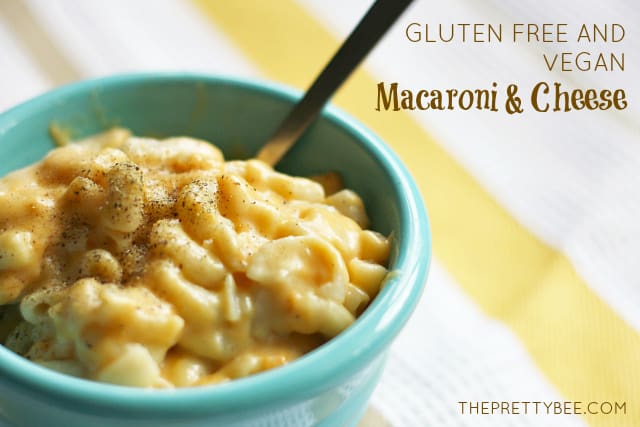
/__opt__aboutcom__coeus__resources__content_migration__serious_eats__seriouseats.com__2021__02__20210214-stovetop-mac-cheese-reshoot-vicky-wasik-9-0760b642ca704cf8b2c5121a363a60a2.jpg)
- Why more cheese in gluten free macaroni and cheese how to#
- Why more cheese in gluten free macaroni and cheese mac#
Processing cheese was a good way to make food for soldiers at war, to turn safe but not-as-good-as-standard cheese into edible food, and to save producers when there was a glut in the market and too much cheese to sell.
Why more cheese in gluten free macaroni and cheese mac#
The advent of processed cheese has led over the years to innovations like Kraft Singles, Easy Cheese, powdered “sauce” for boxed mac and cheese, and Velveeta-a type of processed cheese when it was invented in 1918, and now a dairy-based processed food, with 22 ingredients, that is no longer regulated as a cheese.

Processed cheese, which was invented 107 years ago, is basically cheese that is emulsified and cooked, rendering it much less perishable (but also no longer a “living food” because, unlike natural cheese, processed cheese’s flavor will no longer alter with age). As foods industrialize, they often go from being made by women to being made by men, and so it was with cheese: Women were mostly absent from the make rooms of these new cheese factories, and didn’t return to cheesemaking until the artisanal cheese revolution of the past few decades. Before that, all cheese made in the United States was made on a farm, usually by the farm wife or-on prosperous farms-a cheese maid or an enslaved woman. was built in 1851, making cheddar one of the first foods affected by the Industrial Revolution. Many generations of cheesemakers have tossed countless bad batches, which meant feeding a lot of precious protein to their farm animals instead of their families. Cheese is vulnerable to mold, rot, and maggots, not to mention pitfalls like excess salt. Cheesemakers weren’t always successful at this. Many of us today think of cheese in the context of tradition, flavor, or saving family farms, but a basic goal-whether a producer is making farm-made cheddar or concocting the cheeseless dairy product Velveeta-has always been getting as much edible food from a gallon of milk as possible. Cheesemaking, which began 10,000 years ago, was originally about survival for a farm family or community: taking a very perishable protein (milk) and transforming it into something less perishable (cheese) so that there would be something to eat at a later date. At times, cheese itself has shared a similar trajectory. To understand the evolution of macaroni and cheese is to realize that pursuit of the “cheapest protein possible” has been a longstanding quest of the American food system. Was it a hoax? A working-class prank against elitism in food? Was this contest somehow rigged by Kraft? In the end it turned out to just be a financial decision by the chef: In great American tradition, he bought the cheapest protein possible.
Why more cheese in gluten free macaroni and cheese how to#
When he arrived at the winner’s circle, he made a stunning announcement: His main ingredient was Velveeta.Īmazement! Shock! Betrayal! The audience clutched their ironic canned beer but didn’t quite know how to react. The audience, however, chose another contestant.

We awarded the win to a chef who made mac and cheese with an aged Vermont cheddar. The judges included a food writer, an award-winning grilled-cheese-maker, and me, a cheesemonger. The competitors were mostly chefs, and the audience-the online tickets sold out in minutes-was soaking up the chance to be at a “Top Chef” kind of event, but more urban and cool. Being a judge at a macaroni and cheese competition in San Francisco taught me a lot about American food.


 0 kommentar(er)
0 kommentar(er)
